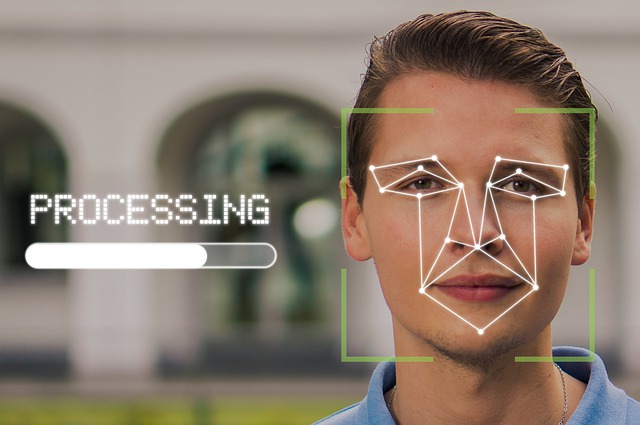Can service robots replace human labor in hotel industry?
How would you feel if a robot welcomed you when arriving to a hotel instead of a human? Would you be more pleased of robot’s convenience or the real face-to-face interaction that a human being can offer? Robots in hotel industry can bring so many opportunities yet so many challenges. Nobody knows about the future, […]

How can a chatbot influence the customer experience of your tourism business?
With the constantly ongoing advancements of Industry 4.0, several interconnected developments can be seen affecting both the digital and operational environments of tourism businesses. These so-called Tourism 4.0 innovations refer to Industry 4.0 innovations (Big Data, Internet of Things, Blockchain, Artificial Intelligence etc.) that have been specifically refined to suit the needs of the tourism […]

Facial recognition systems – the key to a more seamless future of tourism services?
Biometric systems are becoming a more mundane part of our everyday lives. We use for example our fingerprints and facial recognition systems to unlock our devices, to make mobile payments and to pass the border control routines at airports. These technologies are developing all the time, making them more accurate and simpler to use, pervading […]